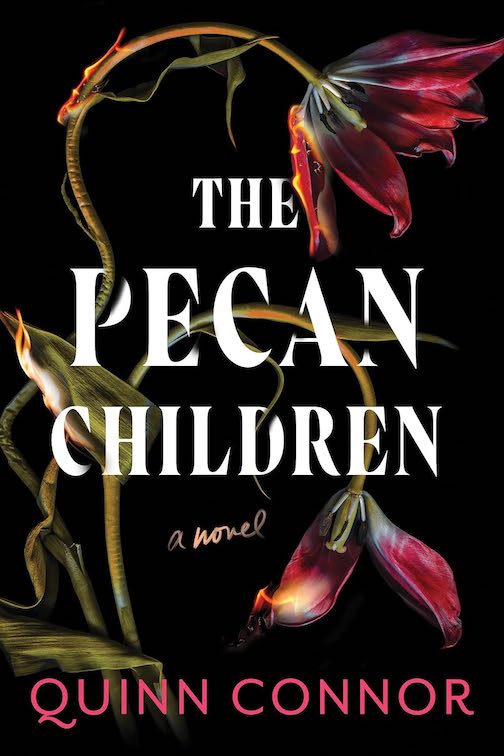Suffused with Color and Light and Personality
The Afterlives is a departure for Thomas Pierce
Three years ago Thomas Pierce’s debut collection, The Hall of Small Mammals, hailed a thrilling new voice, a desire to push the boundaries of form, and earned him a National Book Foundation’s “5 Under 35” award. Recent stories, such as “This Is an Alert” (originally published in The New Yorker), have shown that Pierce’s wingspan is wide, his arcs meticulous. Men struggling with commitment, wooly mammoths cloned from ancient DNA, hostile aircraft hovering in the sky—they all animate his work, and all are unforgettable.

Set in the near future, Pierce’s first novel, The Afterlives, is a departure, opting for a more conversational voice and plot-driven storytelling. At the age of thirty-three, protagonist Jim Byrd suffers cardiac arrest in a parking garage but is resuscitated after being clinically dead. Afterward, he’s fitted with HeartNet, a device that jump-starts his sluggish pulse. Otherwise, he’s fine—except that he can’t recall any sense of an afterlife, any glow at the end of a tunnel. Instead of offering some reassurance of another spiritual realm, his death and revival are a dark skip in time that throws off his routine and his relationships.
Jim lives in Shula, North Carolina, a small city nestled among mountains. Like real-life Asheville, the fictional Shula is a collage of communities that includes the White Hairs, an entrenched ruling class; artistic types with urban sensibilities; and plain, middle-class folks like Jim, a bank-loan officer whose parents live nearby.
The plot of The Afterlives turns on Jim’s investigation of a bookkeeping problem at a Tex-Mex restaurant in a partially renovated—and possibly haunted—house. There he bumps into Annie, a high-school girlfriend now widowed and raising a young daughter. They rekindle their relationship while probing the house’s supernatural mystery. The puzzle is connected to a spiral staircase—something about a double-tragedy from the Depression, a burning dog.
In managing a quick-paced plot, Pierce is at his page-turning best. Building suspense, he weaves in a physicist connected to the case and a New Age church that employs holograms of scientists, activists, and thought-leaders rather than pastors: “All at once, it seemed, they were among us, these laser beam cousins of ours, suffused with color and light and personality. We marveled at them, their movements, their particularity, their seeming vitality,” he writes. “They were immigrants from another dimension. Visitors. Passers-thru. Salesmen, too. Corporate shills. Champions of causes and charities. Purveyors of fine linens and French fries. Hawkers of form-fitting mattresses and intelligent thermostats.”
 The narrative leans heavily on Bible-Belt tropes in Pierce’s exploration of mortality: Jim’s the same age as Christ at the resurrection, for example, and the story frequently riffs on the feuds between Southern denominations, the cold war between saved and damned, that links The Afterlives thematically to James Wilcox’s Modern Baptists and Christopher T. Leland’s The Book of Marvels.
The narrative leans heavily on Bible-Belt tropes in Pierce’s exploration of mortality: Jim’s the same age as Christ at the resurrection, for example, and the story frequently riffs on the feuds between Southern denominations, the cold war between saved and damned, that links The Afterlives thematically to James Wilcox’s Modern Baptists and Christopher T. Leland’s The Book of Marvels.
But Pierce is a short-story writer, and his unease with the longer form of the novel gradually becomes evident—in some ways like a sprinter’s awkward attempt at a marathon. Hence the narrative layers, the stories-within-stories that sometimes seem gratuitous. Themes proliferate like kudzu—how do we account for the meaning of a life? what is family, really? must we die to achieve transcendence, or are there other options on the table?—though as a protagonist Jim is too bland to meld them successfully.
In the end, the novel may not be the best form for Pierce’s economy of style and quicksilver pacing, but there are plenty of rich moments in The Afterlives that attest to his luminous talent. This novel hints at the great work we can expect from him in the future.
 Hamilton Cain is the author of This Boy’s Faith: Notes from a Southern Baptist Upbringing and a finalist for a 2006 National Magazine Award. A native of Chattanooga, he lives with his family in Brooklyn, New York.
Hamilton Cain is the author of This Boy’s Faith: Notes from a Southern Baptist Upbringing and a finalist for a 2006 National Magazine Award. A native of Chattanooga, he lives with his family in Brooklyn, New York.


